Akronafplia Fortress Walk and Last Day in Nafplio
Sadly my time in Nafplio is coming to an end. Where on earth did the time go! I will be spending my last day squeezing out as much of this beautiful town as I can and it starts in the old town. Whilst here I want to check out the location of one of the hotels that I work with (in my day job) and I start by thumbing Pension Marianna into Google Maps. It’s a short walk away but one of the hotel’s USP’s is that it set up above the town giving fantastic views over the bay.
I begin by weaving my way through the alleyways until I find myself on Fotomara, one of the streets beyond the bus station. Here there are several sets of steps that take you up towards Akronafplia Castle. One set of steps takes me up at the side of Pension Marianna. I can see why this is a very popular choice with our clients. From here, I get a view over the gardens down below, most of which are crammed full of orange trees. Oh, to have a little orange grove in my garden!
Just beyond Pension Marianna is a gateway into the defensive wall Akronafplia fortification. The gate is topped with a winged, one-eyed lion pulling out a cheeky tongue – or so it seems. These stone reliefs can be seen in different locations in Nafplio and are known as the Lions of St Mark. They are the emblem of the Venetians who certainly made their mark on the city.
Once through the gate, I’m at a low stone wall with a clear view over the bay. This video also shows the view over the gardens that I mentioned before. Sigh!
I continue to follow the road up and around where I pass the abandoned Xenia Hotel. This hotel was built in 1961 and was hailed as a luxury accommodation. It was part of a nationwide programme to boost tourism in Greece and was one of dozens of high-class hotels built around the country. Although it closed in the early 2000’s, it still stands as a notable landmark and perhaps a canvas for aspiring street artists.
I’m now on the approach to Akronafplia fortification. It was first built in the 3rd century and developed further by the Franks and the Venetians. The Turks also had a stint there too. In more recent times, the site also served as a prison from 1884 for about 80 years. Now, this beautiful location plays host to a luxury hotel hidden discretely amongst the ruins and at this time of year – the beautiful spring flowers.
To the right, there is the Eastern wall within which there are the remains of an old military hospital and the church of Agioi Anargyroi. There is what looks like a small amphitheatre but I suspect it is the remains of another structure. I can’t find any reference to it on the internet.
Looking back towards Palamidi Castle I am sent a firm reminder of that tortuous walk down the 999 steps from the day before. It sends shivers down my spine so it does! This is a much more pleasant walk.
Over to the left there are some more substantial structures. I find myself just moseying around the site in awe of the spring flowers and oblivious to the information boards. There is nobody else up here and it’s such an opportunity to ‘feel’ the place and to suck in the views. You can really get a sense of its historical past.
Further along I come to the Clock Tower, a Nafplio landmark that can be seen from most points in the town. By far the best view of the clock tower is from the town but it’s interesting to see it up close.
The clock tower was erected during the reign of King Othon, King of Greece. At this time Nafplio was the capital city of Greece and King Othon lived here until the capital was moved to Athens in 1834. The clock was a gift from King Othon’s father, the King Ludvig I of Bavaria. The tower was destroyed by the Germans during the occupation in 1944. Thankfully, the local governors were able to remove the mechanism and keep it in safe storage before the tower was destroyed. In 1949 the tower was re-constructed and the clock mechanism returned to its rightful place.
I read that the secretary of the Nafplio government, a man called Emmanuel Terzakis had written a poem about the day the clock tower was destroyed. No amount of Googling has helped me to find the poem. Next time I’m in Nafplio I will try and hunt it down in person.
At the end of the road is a turning circle. Cars can drive up here but as you can see – it’s easily walkable. Before I turn around and head back down I just stand and take in those views over the Gulf of Arvanitia. No words necessary.
After exiting the fortified complex, instead of tracing back the way I came, I follow the road to a large bastion wall – the one just beyond the car park above Arvantia Beach. From here I take the coastal path back to the town.
Back in the town, I decided to take a late lunch/early dinner and call in at To Steki Tou Dimitri on Staikopoulou. I have a beautifully presented fava to start followed by beef in a tomato sauce with dried fruit washed down with some house white.
Conscious that I’ve yet to pack, but doing my best to procrastinate as long as possible, I take one last stroll around the town. It feels like a last-minute Supermarket Sweep though instead of scooping groceries into a trolley I’m trying to soak up as many memories, smells, sights and feelings that I can, absorbing them into every pore of my being.
I do spot something that I hadn’t noticed before – a Lemange Tree – half lemon and half orange. I’ve seen these before and believe that one type has been grafted onto another. I love it!
This gorgeous old door always catches my attention when I walk past it but I’ve never stopped to translate the sign above it to find out what it is. Google Translate tells me that this is the Mansion of the President of the County of Armsberg 1833 – 1834. Blink and you’ll miss it but this was one of the most important buildings in Nafplio.
Armsberg was the Governor of Greece and he resided here during his time in Nafplio. He was a Bavarian politician who came to Greece with King Othon in 1833 but had the ability to make enemies of anyone that disagreed with his policies. He didn’t last long and returned to Bavaria where he retired and then died.
And on that note, this brings to the end my stay in Nafplio. I swing by the bus station to purchase my ticket to Athens for tomorrow and head back to the hotel to pack.
So the big question that I had before I came to Nafplio again was – would I still feel the same way about the place. Would Nafplio still make my heart sing and is this still the number one location for my long time dream and fantasy holiday home? The answer will come as no surprise!



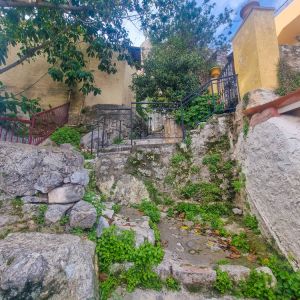
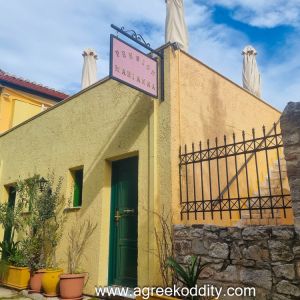
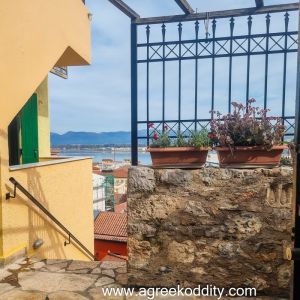
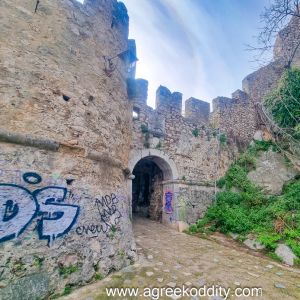
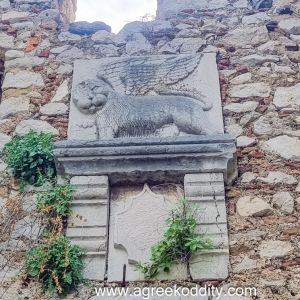

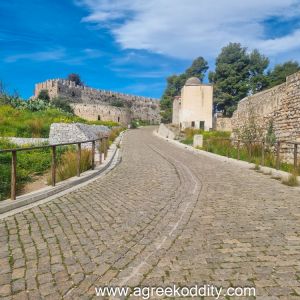
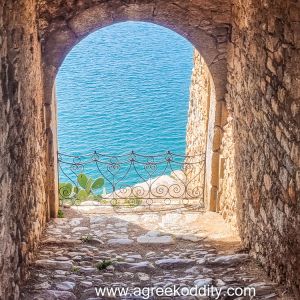
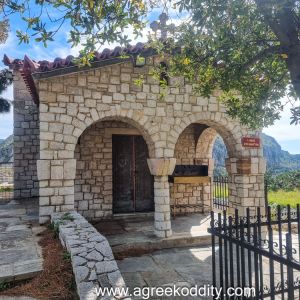
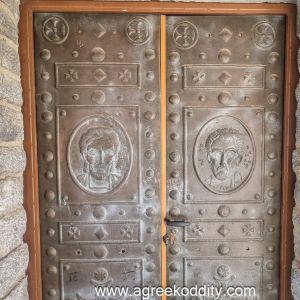



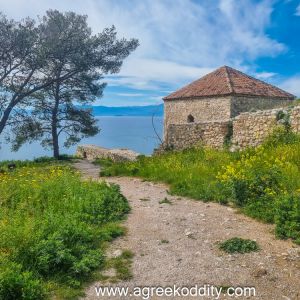
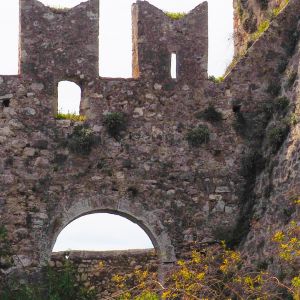
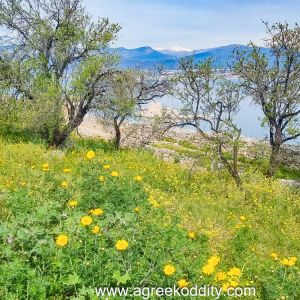





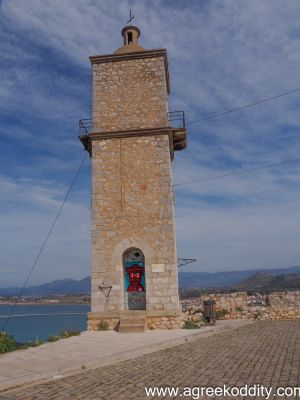
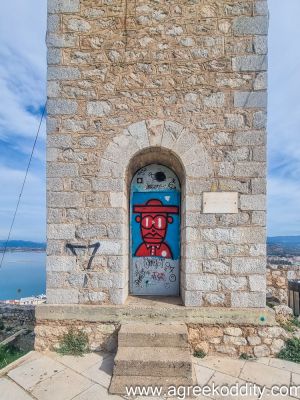

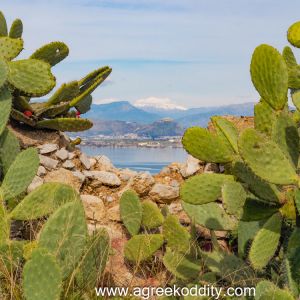


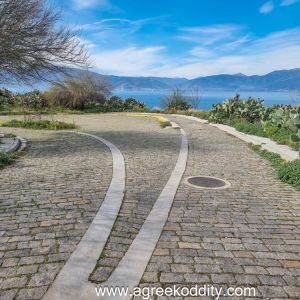
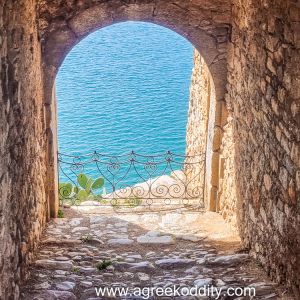
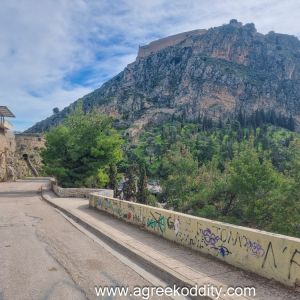

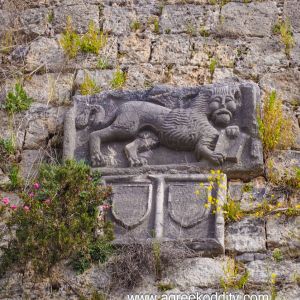

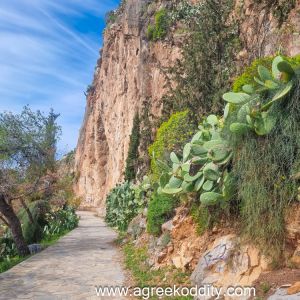
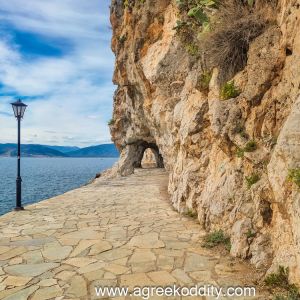
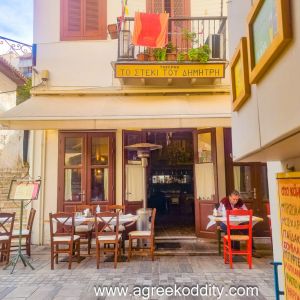

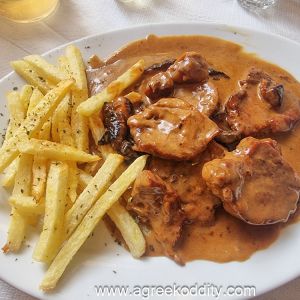
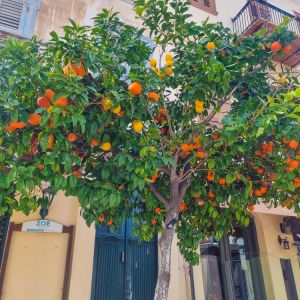

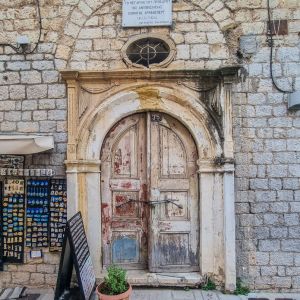
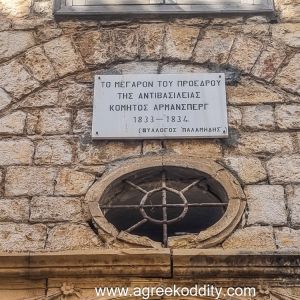
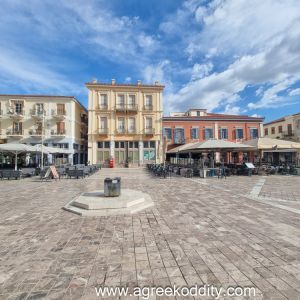







Looks lovely – the spring flowers are beautiful. An interesting town,
It’s my favourite time to be in Greece and my most favourite town in Greece! 🙂